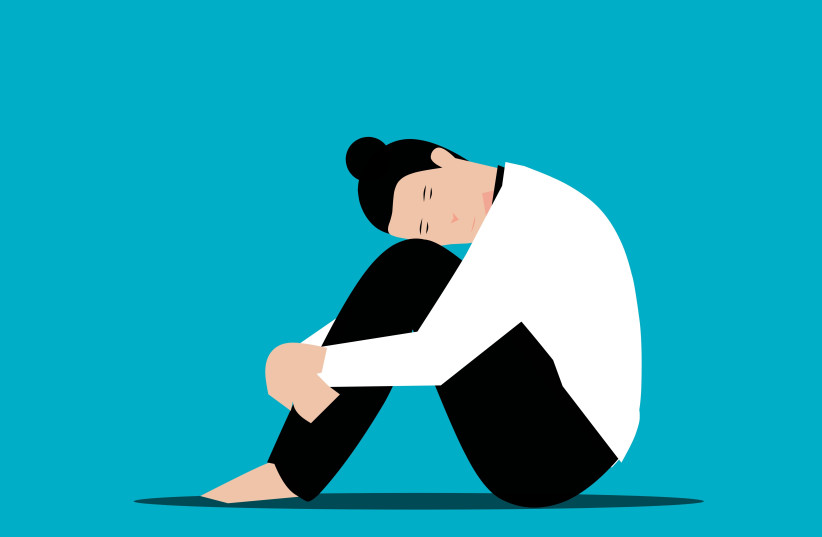Others worry the decision to grant immunity may set a precedent for other billionaire philanthropists.
Concerns also have arisen that other nations will be pressured to follow Kenya’s lead and offer immunity to the Gates Foundation in exchange for continued access to the massive resources the foundation pours into other African countries.
The Government of Kenya’s announcement, Schwab wrote, comes just a week after farmer organizations and religious leaders across the continent called for reparations for the damage the foundation has inflicted on African agriculture through its so-called “green revolution” program.
They say the foundation promotes corporate, industrial agriculture at the expense of local practices and African ecosystems.
Much of the Gates Foundation’s investment in African agriculture happens through the Nairobi-based AGRA, previously known as the Alliance for a Green Revolution in Africa. The foundation is AGRA’s co-founder and biggest donor. It has given at least $872 million to the organization, Schwab reported.
AGRA says it “exists to fulfil a vision where Africa can feed itself,” yet it directs its funding to support input-intensive and resource-intensive agriculture.
The alliance promotes the use of synthetic fertilizers and commercial seeds controlled by Big Ag, the restructuring of seed laws to criminalize trading of seeds not certified by Big Ag, and supports seed dealers who promote corporate products.
The foundation has past financial ties to companies like Monsanto (now Bayer), whose seeds it pushed on African farmers.
Gates/AGRA’s practices have long been criticized by human rights and environmental groups in Africa and globally. And independent research shows that AGRA-supported initiatives have failed, sometimes leading to increased hunger.
Daniel Maingi, coordinator for the Kenya Food Rights Alliance, told Schwab that with Gates’ diplomatic immunity, “Kenya becomes the testing ground … That is a big, big concern. It’s a big red flag.”
“In terms of food sovereignty, as we give Gates these privileges and immunities, Africa is going to be—not food sovereign, not seed sovereign—we’re going to be slaves and masters of the big corporations,” he added.
In response to criticism about its new diplomatic immunity in Kenya, the foundation issued a statement affirming its commitment to partnering with the Kenyan government.
“Our agreement to operate in Kenya was made in alignment with the Kenyan government’s Privileges and Immunities Act. We operate according to the typical agreements Kenya makes with other foundations and nonprofits,” Buhle Makamanzi, deputy director of Global Communications for the Gates Foundation in Africa, said in the statement.
Schwab said the move by the Kenyan government and the concerns raised by critics, “get to the heart of Gates’s anti-democratic influence and power, which, at least in Kenya, appears to be reaching new levels.”
“No one ever elected or appointed Gates to lead the world — on any topic,” Schwab said. “Yet through his great wealth and his money-in-politics brand of philanthropy, he is able to buy a seat at the democratic decision-making table — and, apparently, also buy diplomatic immunity.”
Not just Big Ag—Gates investments include vaccines, digital IDs,
GMO mosquitoes
Gates’ massive investment in Africa extends beyond agriculture into public health, and more recently, digital IDs in Kenya.
It also includes the “Target Malaria” project, which proposed to end malaria by introducing genetically modified or GMO mosquitoes. Critics say the program is based on “flawed ecological thinking” and “backed by the same agri-business interests that have devastated agroecological farming systems.”
Schwab also pointed to widespread criticism of Gates’ program to implement mass circumcision in Swaziland and Zambia to curb the transmission of HIV.
However, some of Gates’ most wide-reaching investments in Africa, and the global south more broadly, have been in the development and distribution of vaccines.
For example, the Gates Foundation is the topmost funder of polio initiatives worldwide. In April 2013, Gates said that eradicating polio was his “top priority,”—even though there had only been 19 cases worldwide that entire year.
Since then, there has been a global explosion in polio cases, which in 2017 the World Health Organization (WHO) admitted were caused predominantly by a strain that comes from the vaccine itself.
Critics, including many scientists working in low-income settings, have noted that as money is lavished on polio, millions of children are left vulnerable to a slew of often deadly, preventable diseases.
Gates also promoted the use of a dangerous version of the diphtheria-tetanus-pertussis, or DPT, vaccine in Africa after it was banned in the U.S. In a video shared widely on X, Robert F. Kennedy Jr. explained Gates’ work in Africa on the DPT vaccines, other vaccines and in agriculture.
In 2009, the Gates Foundation funded tests of experimental HPV vaccines on 23,000 girls in rural India. At least 1,200 suffered severe side effects, including autoimmune and fertility disorders and seven died.
Indian government investigations charged that Gates-funded researchers committed pervasive ethical violations: pressuring vulnerable village girls into the trial, bullying parents, forging consent forms and refusing medical care to the injured girls.
The Gates Foundation is also one of the biggest donors to the WHO, UNICEF, PATH, and GAVI, the Vaccine Alliance, which work in lock-step to distribute vaccines as the primary public health intervention across the global south.
Despite Gates’ troubled history with the HPV vaccine in India, Gavi, with Gates funding, announced it is investing more than $600 million to reach its goal of vaccinating 86 million girls against HPV in low- and middle-income countries — including India — by 2025.
The HPV vaccine has been linked to myriad adverse events reported worldwide, including permanently disabling autoimmune and neurological conditions.
Gates also funded GSK’s trials for its experimental malaria vaccine, killing 151 African infants and causing serious adverse effects, including paralysis, seizure, and febrile convulsions, in 1,048 of the 5,949 children. And it supported a MenAfriVac campaign to forcibly vaccinate thousands of African children against meningitis, causing paralysis in many of the children.
During the COVID-19 pandemic, the Gates Foundation invested in mRNA vaccine production with several African producers.
COVAX, an effort to scale up the development and distribution of COVID-19 vaccines across the global south—which ultimately failed—was co-led by the WHO, Gavi, CEPI and UNICEF, which are all backed by Gates.
And these are just a few examples.
Earlier this year, Gavi unveiled an ambitious $11.9 billion plan—including $9 billion in new funding—to vaccinate 500 million children by 2030, with existing and new vaccines.
To date, Gavi has allocated roughly $23 billion to increasing global immunizations, with funding from Gates and major governments, including the U.S. and the United Kingdom.

















